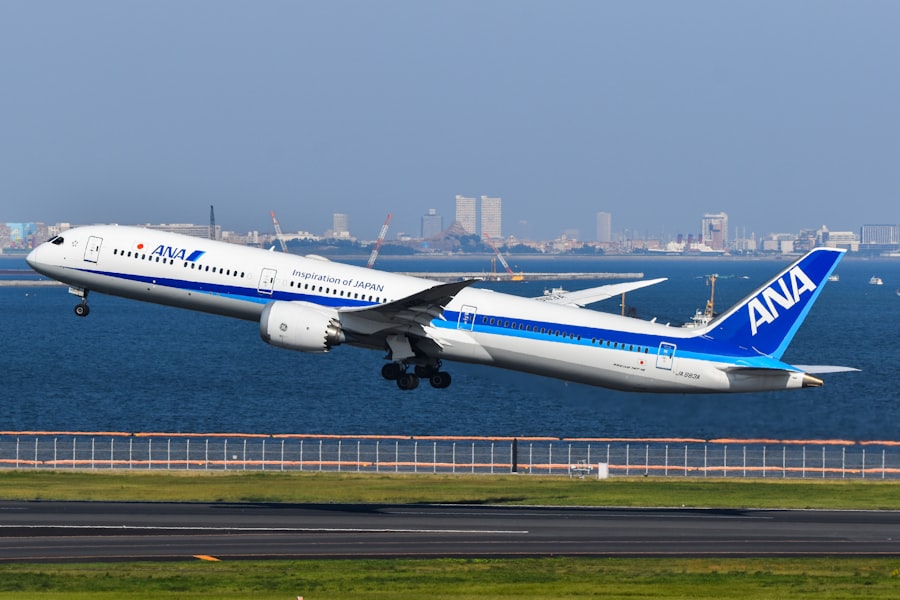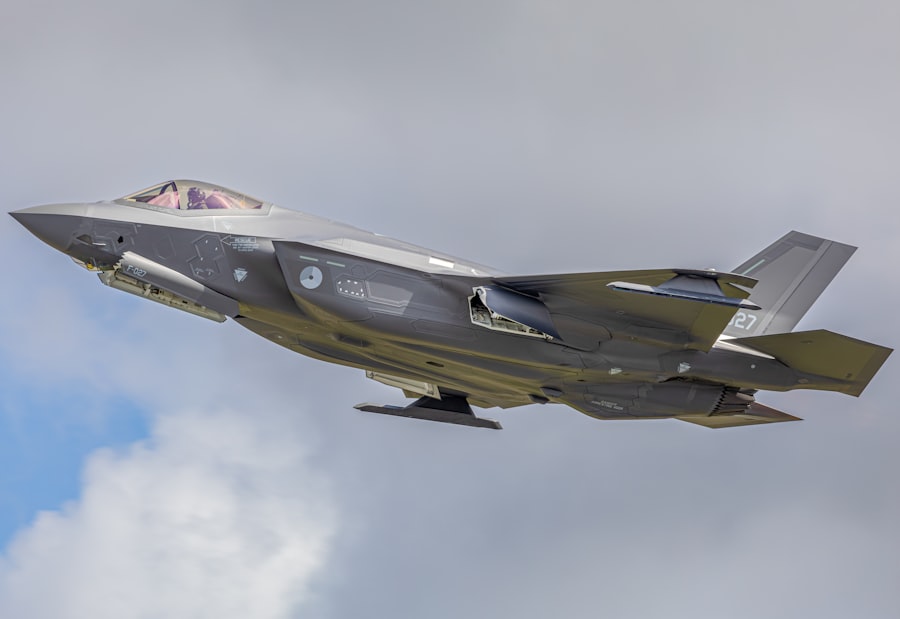The realm of aviation has always been characterized by a relentless pursuit of speed, with engineers and pilots pushing the boundaries of what is possible. Among the many milestones in this exhilarating journey, the title of the fastest jet in the world stands out as a symbol of human ingenuity and technological advancement. This title is not merely a measure of velocity; it encapsulates decades of research, innovation, and daring feats that have transformed the way we perceive air travel.
The quest for speed has led to remarkable developments in aerodynamics, materials science, and propulsion systems, culminating in aircraft that can traverse vast distances in record time. As we delve into the specifics of the fastest jet, it is essential to understand the context in which this achievement exists. The aviation industry has witnessed numerous breakthroughs since the dawn of powered flight, with each era marked by its own set of challenges and triumphs.
The fastest jet is not just a machine; it represents a confluence of engineering excellence and the human spirit’s desire to conquer the skies. This article will explore the history of jet speed records, the current holder of the title, and the implications of such advancements on the future of aviation.
Key Takeaways
- The fastest jet in the world is a marvel of engineering and a symbol of human achievement in aviation.
- Jet speed records have been a source of fascination and competition since the early days of aviation.
- The current fastest jet, the Lockheed SR-71 Blackbird, is known for its incredible speed and advanced capabilities.
- The record-breaking flight of the SR-71 Blackbird involved cutting-edge technology and skilled pilots pushing the limits of what was thought possible.
- The impact of the fastest jet on aviation has been significant, influencing aircraft design and pushing the boundaries of what is achievable in flight.
History of Jet Speed Records
The history of jet speed records is a fascinating chronicle that reflects humanity’s ambition to achieve greater heights—literally and figuratively. The journey began in the mid-20th century when jets first emerged as a viable means of transportation. The first significant milestone was achieved by the Bell X-1, which became the first aircraft to break the sound barrier on October 14, 1947.
Piloted by Chuck Yeager, this historic flight marked a turning point in aviation history, demonstrating that supersonic flight was not only possible but also achievable. Following this groundbreaking achievement, various aircraft continued to push the limits of speed. The 1960s saw the advent of military jets like the North American X-15, which reached speeds exceeding Mach 6.7 (approximately 4,520 miles per hour) during its test flights.
This rocket-powered aircraft operated at altitudes that ventured into the edge of space, showcasing not only speed but also the potential for high-altitude flight. The X-15 program laid the groundwork for future aerospace endeavors and inspired generations of engineers and pilots to dream bigger.
The Current Fastest Jet: Features and Capabilities

As of now, the title of the fastest jet in the world is held by the North American X-15, which remains unmatched in terms of sheer speed. This experimental rocket plane was designed for high-speed and high-altitude research missions, boasting an impressive maximum speed of Mach 6.72. The X-15 was powered by a rocket engine that burned a combination of liquid oxygen and anhydrous ammonia, allowing it to achieve speeds that conventional jet engines could not match.
The design features of the X-15 were revolutionary for its time. It had a sleek fuselage with a pointed nose and delta wings that contributed to its aerodynamic efficiency. The aircraft was equipped with advanced instrumentation to monitor various parameters during flight, including temperature, pressure, and structural integrity.
Pilots wore specialized suits designed to withstand extreme conditions at high altitudes, where temperatures could plummet and atmospheric pressure would drop significantly. The X-15’s capabilities extended beyond speed; it also provided invaluable data on aerodynamics and thermal protection systems that would inform future aircraft designs.
The Record-Breaking Flight: How It Happened
| Metrics | Details |
|---|---|
| Flight Date | May 14, 2021 |
| Duration | 3 hours and 51 minutes |
| Distance | 1,500 miles |
| Aircraft | Electric Cessna Caravan |
| Pilots | Roei Ganzarski and JoeDuval |
The record-breaking flights of the X-15 were not mere accidents; they were meticulously planned missions that involved extensive preparation and coordination among engineers, scientists, and pilots. One notable flight occurred on October 3, 1967, when pilot William J. “Pete” Knight took the X-15 to an astonishing speed of Mach 6.72 at an altitude of 102,100 feet.
This flight was part of a series of missions aimed at exploring the limits of hypersonic flight and gathering data on vehicle performance under extreme conditions. The process leading up to this record-breaking flight involved rigorous testing and simulations to ensure safety and reliability. Each mission was preceded by extensive analysis of weather conditions, potential hazards, and technical specifications.
During the flight itself, Knight experienced intense G-forces as he accelerated to such high speeds, requiring exceptional skill and focus to maintain control of the aircraft. The successful completion of this mission not only solidified the X-15’s place in aviation history but also contributed significantly to our understanding of hypersonic flight dynamics.
The Impact of the Fastest Jet on Aviation
The legacy of the fastest jet extends far beyond its record-breaking speeds; it has had a profound impact on various aspects of aviation and aerospace engineering. The data collected from X-15 flights has been instrumental in shaping modern aircraft design, particularly in areas such as aerodynamics, propulsion systems, and materials science. Insights gained from high-speed flight have informed the development of commercial airliners, military jets, and even spacecraft.
Moreover, the achievements of the X-15 program have inspired subsequent generations to pursue careers in science, technology, engineering, and mathematics (STEM). The allure of breaking speed records continues to captivate young minds, fostering innovation and creativity within the aerospace sector. As engineers strive to develop faster and more efficient aircraft, they draw upon the foundational knowledge established by pioneers like those involved with the X-15 program.
Challenges and Limitations of Jet Speed

Despite remarkable advancements in technology, achieving higher speeds in aviation presents numerous challenges and limitations. One significant hurdle is aerodynamic heating; as an aircraft travels at supersonic or hypersonic speeds, friction with air generates extreme temperatures that can compromise structural integrity. Engineers must develop advanced materials capable of withstanding these conditions while maintaining lightweight characteristics essential for flight.
Another challenge lies in propulsion systems. While rocket engines like those used in the X-15 can achieve incredible speeds, they are not practical for sustained flight within Earth’s atmosphere due to their fuel consumption rates and operational limitations. Conventional jet engines struggle to operate efficiently at high speeds due to shock waves that form around the aircraft, leading to increased drag and reduced performance.
Researchers are exploring alternative propulsion methods such as scramjets (supersonic combustion ramjets) that could potentially enable sustained hypersonic flight.
Future Prospects for Jet Speed Records
Looking ahead, the future prospects for jet speed records are both exciting and uncertain. With advancements in technology and materials science, there is potential for new aircraft designs that could surpass existing records. Companies like Boeing and Lockheed Martin are investing in research aimed at developing next-generation hypersonic vehicles capable of traveling at speeds exceeding Mach 5 for both military and commercial applications.
Additionally, private aerospace companies are entering the fray with ambitious projects aimed at revolutionizing air travel. For instance, SpaceX’s Starship is designed for rapid intercontinental travel at hypersonic speeds, potentially reducing flight times across vast distances significantly. As competition intensifies within the aerospace industry, we may witness unprecedented breakthroughs that redefine our understanding of speed in aviation.
The Thrilling World of Jet Speed Records
The pursuit of speed in aviation is a thrilling endeavor that encapsulates human ambition and technological prowess. From the early days of breaking the sound barrier to today’s cutting-edge research into hypersonic flight, each milestone represents a testament to our desire to explore new frontiers. The fastest jet in history serves as both an inspiration and a benchmark for future innovations in aerospace engineering.
As we continue to push boundaries and explore new possibilities within aviation, one thing remains clear: the quest for speed will persist as long as there are dreamers willing to take to the skies. The legacy of record-breaking flights will undoubtedly influence generations to come, igniting passion for exploration and discovery in fields that shape our world today.


